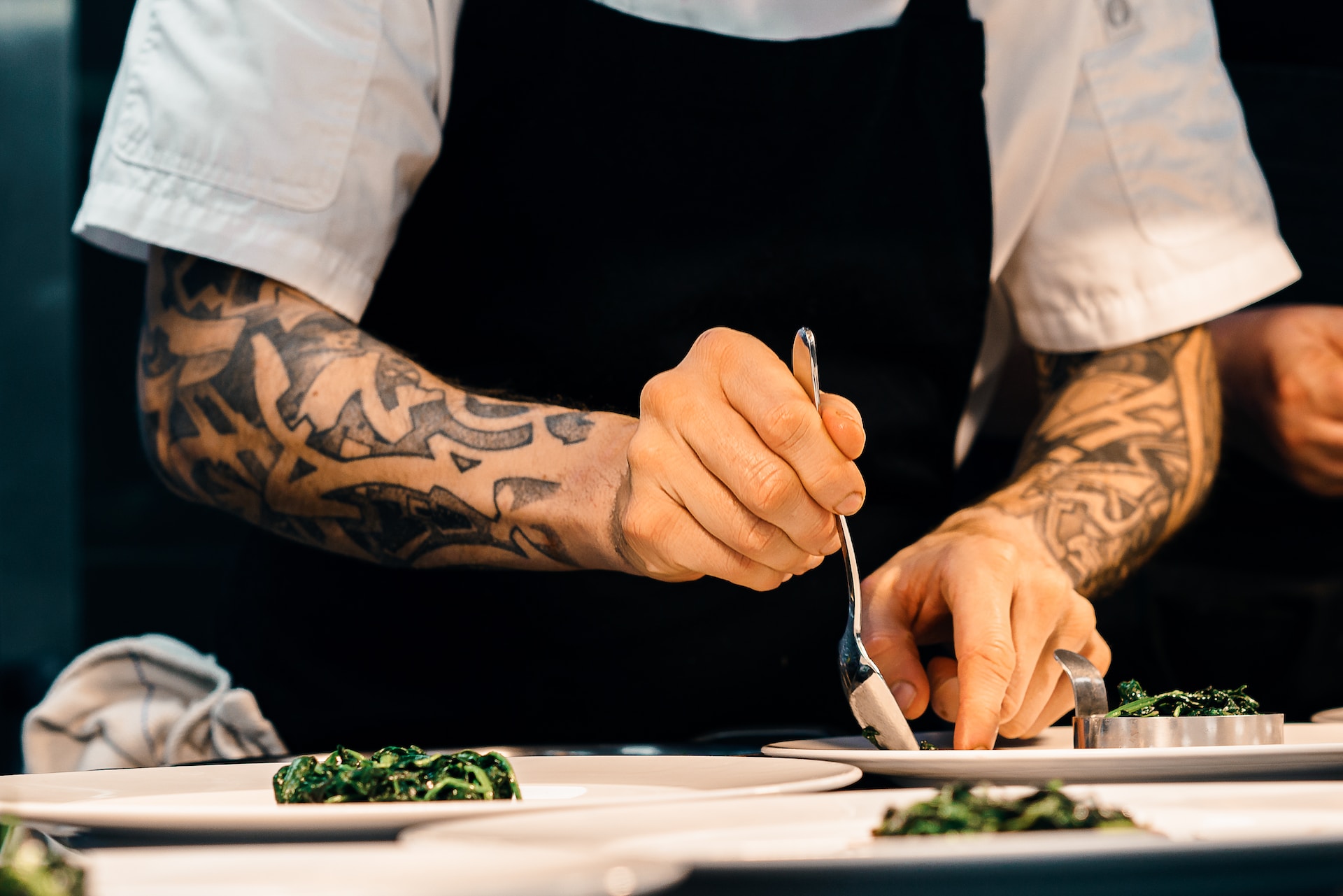Kitchen Worktops for Chefs: Balancing Functionality and Aesthetics
Introduction
For chefs, both professional and amateur, the kitchen is not just a place to prepare food; it’s a creative space where culinary magic happens. Central to this space is the kitchen worktop, which is more than just a surface for chopping and mixing. It’s a pivotal part of the kitchen’s functionality and aesthetics. This comprehensive guide explores the various aspects of kitchen worktops that chefs should consider to enhance their culinary experience.
Importance of Choosing the Right Worktop
Functionality Meets Style
The choice of kitchen worktops for chefs is a balance between functionality and style. It needs to withstand frequent use, resist heat and stains, and also complement the kitchen’s overall design. The right worktop can increase efficiency during food preparation and add to the enjoyment of the cooking process.
Impact on Food Preparation
A good worktop influences the ease and quality of food preparation. A non-porous, smooth surface is essential for hygiene, while durability is key to handling hot pots and sharp knives. The worktop’s material can also affect the taste and quality of the food prepared on it.
Materials: Pros and Cons
Granite: Elegance and Durability
Granite is a popular choice for chefs due to its durability and resistance to scratches and heat. Each granite worktop is unique in pattern, adding an element of luxury to the kitchen. However, it requires regular sealing to prevent staining and can be on the higher end of the price spectrum.
Quartz: Low Maintenance and Variety
Quartz worktops are engineered stones that offer a wide range of colours and patterns. They are non-porous, making them highly resistant to stains and bacteria. Quartz is also low maintenance, needing no sealing, but can be susceptible to damage from excessive heat.
Stainless Steel: Professional and Hygienic
Favoured in commercial kitchens, stainless steel worktops offer a professional look and are incredibly hygienic. They are heat resistant and easy to clean, making them ideal for busy kitchens. However, they can be prone to scratches and dents and may not fit the aesthetic of all home kitchens.
Wood: Warmth and Natural Beauty
Wooden worktops bring warmth and natural beauty to a kitchen. They are perfect for baking tasks due to their natural ability to absorb shocks. However, wood requires regular maintenance like oiling and can be damaged by water and heat if not properly cared for.
Marble: Timeless Elegance
Marble worktops are prized for their timeless beauty and unique veining. They remain cool, making them ideal for pastry and chocolate work. However, marble is porous and can stain and scratch easily, requiring regular sealing and careful maintenance.
Design Considerations
Matching the Kitchen’s Theme
The worktop should complement the overall theme of the kitchen, whether it’s modern, traditional, or rustic. The colour and texture of the worktop can either be a statement piece or blend seamlessly with the kitchen’s design.
Ergonomics and Comfort
The height and depth of the worktop should be ergonomically suited to the chef’s stature to ensure comfort during long hours of cooking. Adequate space for movement and food preparation is also crucial.
Maintenance and Longevity
Regular Cleaning and Care
Each material requires different maintenance routines. Regular cleaning with appropriate products is essential to maintain the worktop’s appearance and hygiene. Immediate cleaning of spills, especially on porous surfaces, can prevent staining.
Long-Term Durability
Investing in a high-quality worktop can ensure long-term durability. Chefs should consider the longevity of the material in relation to the kitchen’s usage patterns. Some materials may require periodic treatments like sealing or oiling to maintain their properties.
Customisation Options
Integrated Features for Efficiency
Worktops can be customised with integrated features like built-in cutting boards, knife slots, or herb gardens. These features can enhance the functionality of the worktop and make food preparation more efficient.
Edge Profiles and Finishes
The edge profile of a worktop, whether bevelled, rounded, or squared, can add to the kitchen’s aesthetic and safety. The finish of the worktop, whether polished, honed, or leathered, can also impact its look and feel.
Conclusion
Ensure you are choosing the perfect kitchen worktop to perfect your dishes with showroom visits, quotes, customer reviews and testimonies, and company guarantees. Your kitchen worktop is essential for working on a stable, and reliable surface as well as avoiding heat damage and more.

